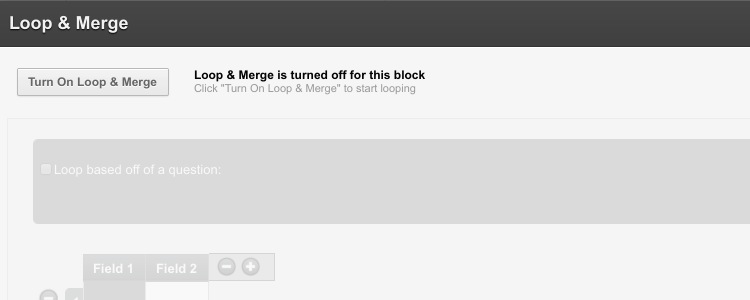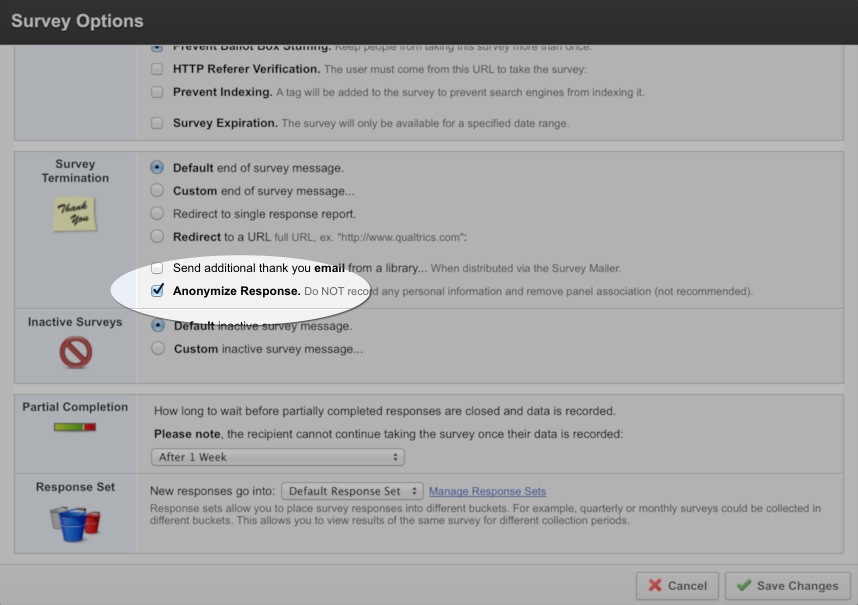Using Loop and Merge to avoid repetition
There are often times in a questionnaire when the same items need to be presented repeatedly. For example, maybe a set of group stereotype ratings need to be made for each of several groups; self-ratings of personality attributes made when operating in each of several roles, or perhaps a respondent first indicates which of several … Read more




